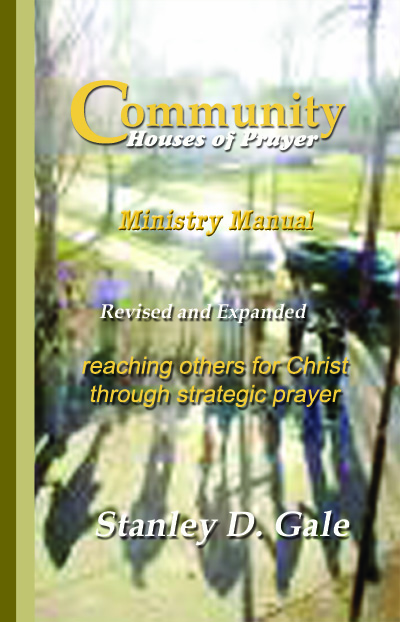-
God’s House of Prayer–XME (part 5 of 5)
God’s House of Prayer—Extreme Makeover Edition (part 5 of 5)
The Local Church as a House of Prayer
God’s vision for His people is that they be a house of prayer for the nations. Christ’s zeal is that we as His church be faithful in that kingdom calling. What does this look like at the local level? How does the congregation carry out its role as a house of prayer?
As we’ve seen, a house of prayer does not speak to an edifice to which people come or in which people gather. It involves more than a weekly prayer meeting. Rather, it refers to how we understand ourselves and how we function in the exercise of our responsibility to pray. Becoming a house of prayer involves maintaining an identity for prayer and creating a culture of prayer, where prayer is necessary to life and function, the reflex of faith to all ministry present and prospective.
We need to keep in mind our call to be a house of prayer issued in the Old Testament and reiterated by our Lord. In the model of our Messiah, we need to be fueled by zeal for God’s house. At the same time, we must heed our Lord’s warning not to use God’s house for our own ends or glory.
God gives to the elders of the church the responsibility to pray themselves in their role as shepherd-leaders (Acts 6:4; 20:28; Eph. 1:16-23; 3:14-21) and to mobilize the saints in prayer (Eph. 4:11-16; 6:18-20). Becoming a house of prayer requires intention, commitment and effort. It is most decidedly a building project, itself fueled by prayer (cf. Ps. 127.1).
What might the elders put in place to lead the local congregation in being a house of prayer? There is no set answer, but there is a plethora of possibilities. It involves those things profitable for inculcating a heart for prayer and cultivating a culture of prayer. Prayer must become the environment that sustains life and growth. Just as an oxygen-deprived atmosphere will prompt lethargy and weakness, so an atmosphere deficient in prayer will lead to stunted growth and ineffective ministry. A prayer-rich atmosphere animates, enlivens and invigorates the body of Christ.
Prayer must become reflexive and responsive. That happens only by keeping prayer at the fore in all things. Encounters of all sorts should be prefaced by prayer and punctuated in prayer, in communion with God and dependence upon Him. In addition, the congregation must be educated in prayer, equipped for prayer, provided opportunities to be engaged in prayer corporately and privately, and encouraged in the work of prayer.
Substantial prayer, not token, must be part of the weekly service of worship. Avenues for prayer must be in place, promoted and well used. Published prayer sheets, pew cards and prayer chains are typical examples. Stated forums for corporate prayer could be established [click here to read “Need Words: The Case for Corporate Prayer”]. That the church might be known as a house of prayer its people can be trained in evangelistic prayer and take to the streets for public ministry of prayer.
NEXT: Part 5 of 5 continued, “A Local Church as a House of Prayer”





